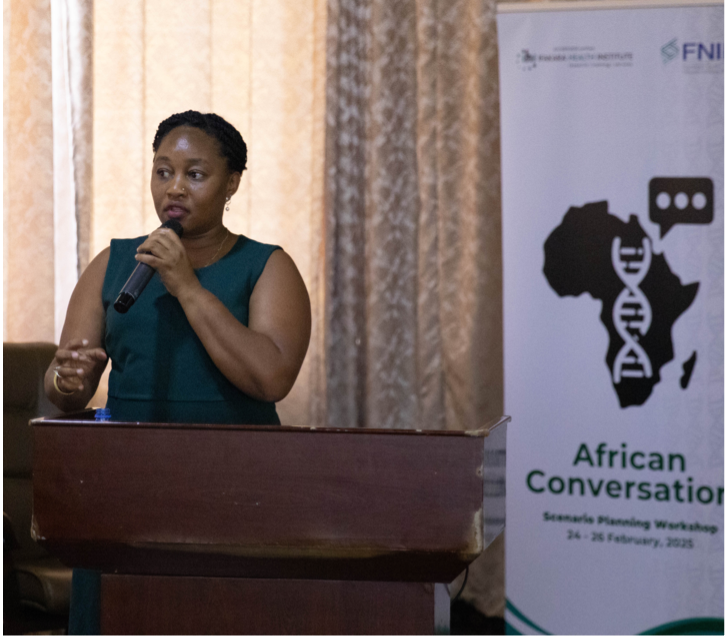The ultimate success of gene drives modified mosquitoes (GDMMs) for malaria control and elimination is largely dependent on its acceptance and integration into country-specific malaria control strategies. Over the past several years, researchers at IHI, through the African Conversations Project, have engaged key decision-makers across Africa in a series of in-depth discussions, aimed to explore the need for, potential of, opportunities for, and challenges associated with GDMMs in the fight against malaria.
 During the recent Scenario Planning Workshop, the African Conversations project team convened a diverse group of key stakeholders from across Africa to explore the potential of integrating GDMMs into malaria control efforts. The workshop brought together key decision makers from Cameroon, Kenya, Malawi, Nigeria and Tanzania, representing research and academic institutions, regulatory authorities, faith-based institutions, civil society organizations, National Malaria Control Programmes, and in Tanzania, the President’s Office, Regional Administrations and Local Government. Over the course of three days, participants engaged in discussions on the findings of the African Conversations activities, collaboratively developed scenarios for integrating gene drive technologies into malaria control, and proposed strategic action plans to address the potential challenges and opportunities identified.
During the recent Scenario Planning Workshop, the African Conversations project team convened a diverse group of key stakeholders from across Africa to explore the potential of integrating GDMMs into malaria control efforts. The workshop brought together key decision makers from Cameroon, Kenya, Malawi, Nigeria and Tanzania, representing research and academic institutions, regulatory authorities, faith-based institutions, civil society organizations, National Malaria Control Programmes, and in Tanzania, the President’s Office, Regional Administrations and Local Government. Over the course of three days, participants engaged in discussions on the findings of the African Conversations activities, collaboratively developed scenarios for integrating gene drive technologies into malaria control, and proposed strategic action plans to address the potential challenges and opportunities identified.
In developing scenarios for integrating GDMMs into malaria control strategies, some of the key considerations included the need for a comprehensive protocol outlining the identification of site and species of interest, and strategies for release, and unbiased monitoring and communicating of the progress. The stakeholders also emphasized the need for rigorous monitoring of malaria prevalence and incidence, shifts in vector populations and behaviors, changes in human behaviors and perceptions, and potential impacts on non-target vector species.
Scenarios for concerns included limited evidence on the safety, effectiveness, and applicability of GDMMs, inadequate expertise, facilities and infrastructure, and uncertainty about the capacity of regulatory authorities to oversee implementation. Stakeholders also highlighted insufficient community involvement, potential conflicts due to transboundary spillovers, concerns over the credibility of implementing organizations, and the absence of robust regulatory frameworks for the governance of GDMMs.
Some of the immediate action plans proposed included the need for a structured, transparent, and inclusive approach to integrating GDMMs into malaria control efforts, the need for clearly defining roles and responsibilities of all relevant institutions to ensure coordinated implementation, the need to build local expertise, infrastructure, and research facilities to generate, monitor and communicate evidence, the need for early and continuous engagement with communities and stakeholders, and the need for establishing real-time monitoring mechanisms to track concerns and enable proactive responses. Stakeholders assigned specific responsibilities to individuals or groups, and outlined proposed timelines for the implementation of these actions.

Please Sign in (or Register) to view further.